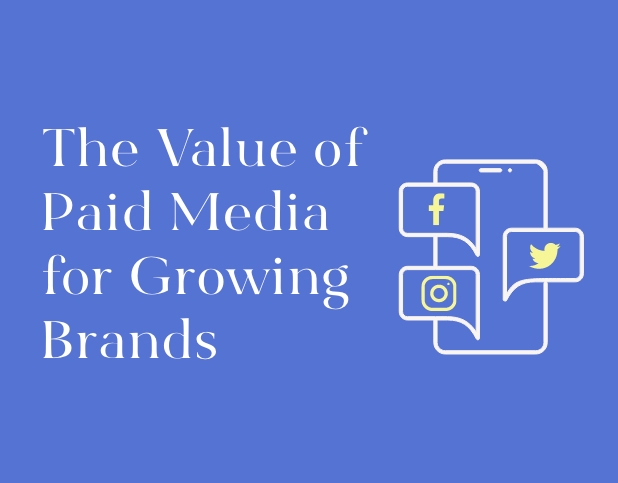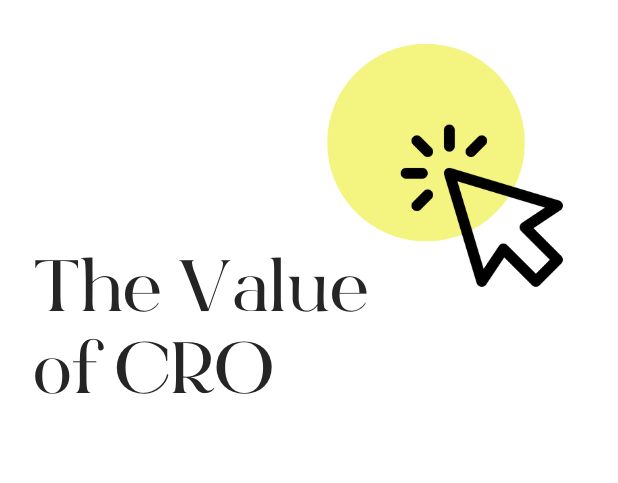Have you ever wondered how marketers track and measure the effectiveness of their digital marketing campaigns? There are many ways we can track success, but in this blog, we will focus on “Urchin Tracking Monitor”, better known as “UTMs”. UTMs can attribute success to designated campaigns, tracking clicks to conversions in each user session.
What are UTM Parameters?
UTMs are defined by “parameters” and these parameters are added at the end of a link so Google Analytics can filter information and translate it for marketers to use in reports. There are usually 5 parameters that make up the UTM:
- Source (utm_source): The source that is driving the user to your site. Examples: Facebook, LinkedIn, Blog, Newsletter, etc.
- Medium (utm_medium): The channel driving the user to your site. Examples: Paid Social, Organic Social, Email, etc.
- Campaign (utm_campaign): The unique campaign this is a part of. Examples: Summer Sale, Influencer Abby, Holiday Contest, etc.
- Content (utm_content): Used to describe visuals to help you differentiate multiple ads within the same campaign. Examples: ad concept name, blue banner, video ad, etc.
- Term (utm_term): The paid keyword used for this campaign and is usually only used with Google Ad campaigns.
Below is an example of a full UTM link built:
http://mysite.com/landingpage.html?utm_medium=email&utm_source=july_newsletter&utm_campaign=member-discount&utm_content=11am-Jan-20
Only 4 parameters are used in this example. The only required parameters are Source, Medium, and Campaign and these are the fields used most often.
What do UTMs track and why are they important?
As mentioned previously, UTM links can allow marketers to track the success of several campaigns. It does so by filtering data and helping us understand where the users come from and how users interact with the website. With UTM links, we can analyize more information about purchases or goal completions on the site. Therefore, not only will we know the source of users, but we can also see if the campaigns ultimately lead to our end goal (conversions).
How do you create UTMs?
UTM links can be created in a number of ways. At BuzzShift, we create UTM links for all our campaigns! Some platforms, such as Klaviyo, will have pre-set UTMs that can be easily enabled. However, there are other campaigns such as AdWords or Meta ads that can require manual UTM builds. Don’t want to manually type out 100+ character UTM links each time? That’s okay, there are several tools, such as Bitly, UTM.io, or this free Google Analytics tool that will automatically build the link for you and will even customize it for GA4!
When BuzzShift manages your digital strategy, you never have to think twice about UTMs! We will always have them included in every paid media or email marketing campaign. Just want to do it yourself but are not sure if your campaigns are being properly tracked? We’d be happy to perform an audit and see if everything is set up properly. Either way, let’s chat!
About BuzzShift
BuzzShift is a digital growth strategy agency with a focus on mid-market, scaling, purpose-driven DTC Brands. By combining the ideologies of branding, performance marketing, and retention agency, we can create memorable experiences with measurable results, and build long-term success for our clients with scalable, sustainable growth. Learn more about BuzzShift.





